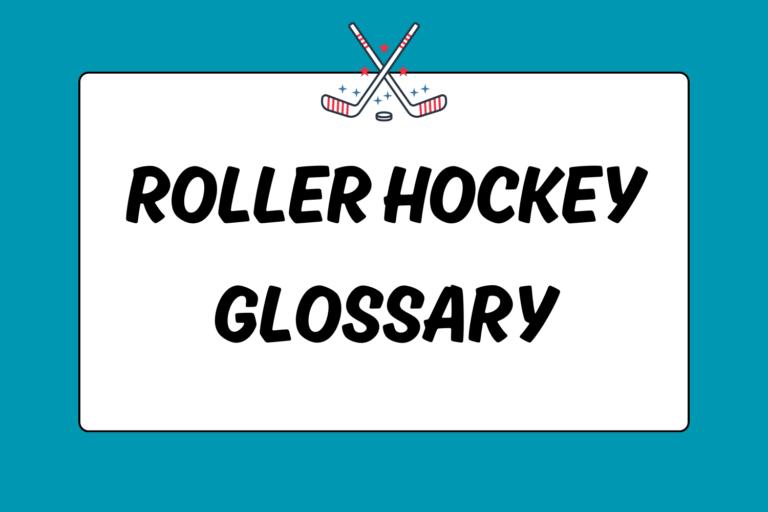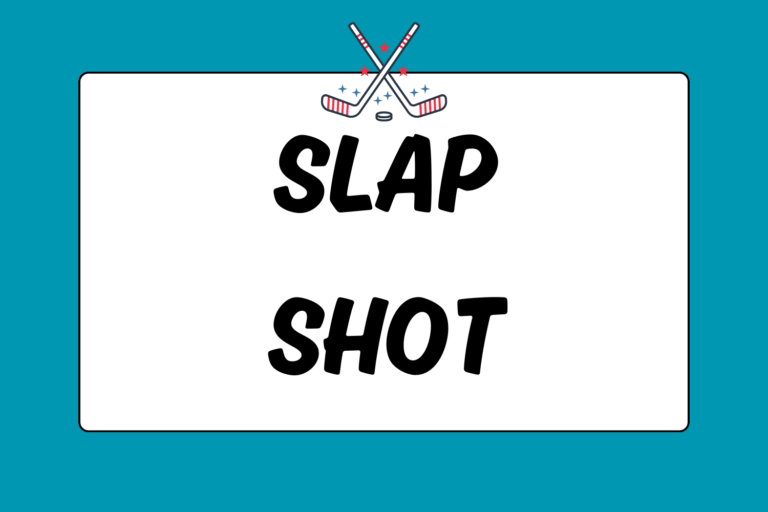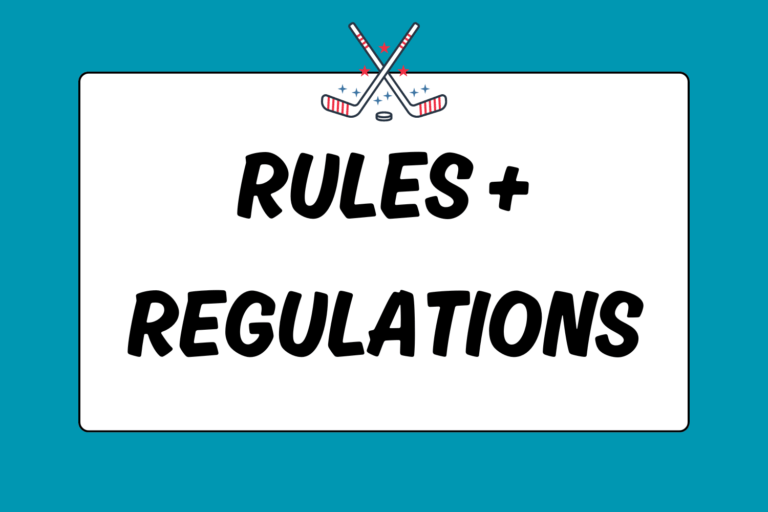Some sports have vague histories that date back centuries to bygone eras. Roller hockey (interchangeably referred to as inline hockey), is not one of them.
Roller skates were invented in 1760. Once the rules of ice hockey were formalized, people started playing the sport on awkward quad skates with a ball (instead of flat puck). However, it wasn’t until the late-1980s/early-1990s that skate technology progressed enough to accurately replicate the speed and maneuverability of ice hockey on dry land. Once the tech came around, a perfect storm of events occurred to make roller hockey one of the most popular sports in the 90s, and then to regress almost as fast as it arose. For a sport so young, it sure has been a while ride.
The Invention of Roller Skates
John Joseph Merlin was an 18th century Belgian inventor and machinist (though not a wizard). His specialty was crafting precise timepieces, but he also dabbled in making wheelchairs, musical instruments, and anything else that came to mind. As the story goes, Merlin made a pair of metal-wheeled, inline roller skates. Smart as Merlin was, he never figured out making brakes or devising any way to stop. As his primary pursuits were more practical, he did not patent the skates, instead hoping others would pick up where he left off. They did, and quad roller skates (that is, two wheels in front and two wheels in back) became popular by the late 1800s … brakes included.
Roots in Ice Hockey
It’s generally believed that ice hockey was created in Canada as a combination of several sports coupled with special circumstances. Legend has it that in the early 1800s, European settlers played their old world bat-and-ball games of shinty (Scottish), hurling (Irish) and field hockey (English), and even combined them with tooadijik, a lacrosse-like game played by the Mi’kmaq native tribe in Eastern Canada. People would play these games in the spring, summer, and into the fall, but when the harsh North Atlantic winters rolled around and the fields were covered in snow, play would stop. Then some unknown genius decided they should just bundle up and go play on the frozen lakes and rivers. Eventually, ice skates would be introduced, rules would be formalized, and modern ice hockey was born.
Quad Roller Hockey
While the kinks were being worked out of ice hockey in the late 1800s, final alterations were being made to quad roller skates, as well. Naturally, people addicted to ice hockey wanted to continue playing after the all the ponds melted, so they laced up quad skates and played on dry land. Roller hockey’s first sanctioning body, the International Roller Sports Federation (FIRS), came to be in 1924. By 1936, yearly World Championships were held. Due to the decreased speed of playing hockey on dry land as opposed to ice, one player was removed from each team to open up play. The strict offside and icing rules were completely erased to further speed things along. Though a passable substitute for ice hockey, quad roller hockey was still much slower, and indoor ice rinks were starting to pop up in locations where hockey was popular. Ice hockey was now a year-round sport, and quad roller hockey’s popularity steadily dwindled over the years (except for in Spain and Latin America, where the rules/equipment evolved to resemble field hockey on wheels).
The Re-Invention of Inline Skates
It took a pair of Minnesotans and a love of ice hockey to breathe life into roller hockey. Scott Olson and Brennan Olson, two ice hockey playing brothers from Minneapolis, came across a pair of old clunker skates made in the 1960s that just happened to have the wheels arranged in a straight line instead of the then standard, two-by-two setup. Seeing an opportunity to improve their hockey skating ability by training with inline skates during the off-season, the Olsons worked to redesign the skate they found using modern materials.
By 1984, they had patented their skates as “boots equipped with longitudinally aligned rollers used for skating” under the trademark “RollerBlade.” This new model had soft/durable polyurethane wheels and high-quality ball bearings that made for a smooth, fast ride and clean turning. By the late 80s, inline skating had become an exercise trend. However, organized inline roller hockey still needed a push.
The Perfect Storm of the Early 90s
From 1988 to 1993, two major events contributed to setting roller hockey up as the fastest growing sport in America.
It all started in August of 1988, when the Los Angeles Kings of the National Hockey League – the most prominent professional ice hockey league in the world – acquired Wayne Gretzky from the Edmonton Oilers. Gretzky, nicknamed “The Great One,” was at the height of his career; a career that would end with him owning every major statistical ice hockey record. The acquisition of Gretzky made ice hockey relevant in sunny Southern California. Young kids took to the hot streets of Los Angeles to shoot hockey pucks, tennis balls, tin-cans, anything they could, to emulate their town’s new superstar.
The second big event occurred shortly thereafter. Seeing Gretzky breathe life into a once floundering Kings franchise had the NHL brass seeing dollar signs. The league was once under the impression that professional ice hockey would only be profitable in traditional, cold-weather markets of Canada, New England, and the Midwestern United States. However, the Gretzky move had the powers that be thinking differently. From 1991 to 1993, the NHL added the San Jose Sharks, Tampa Bay Lightning, Anaheim Mighty Ducks and Florida Panthers. The league also relocated the Minnesota North Stars to Dallas, Texas.
The league was moving south and hockey was gaining popularity in warmer climates. The NHL was gaining so much momentum in new markets that in June of 1994, Sports Illustrated ran a cover with the headline: “Why the NHL’s Hot and the NBA’s Not.” Ice hockey was certainly on the rise in America.
Street Hockey as a Full-Blown Fad
The table had been set. Ice hockey had become wildly popular in locations where ice rinks weren’t yet prevalent. Kids and adults alike wanted to lace up skates and grab sticks to take a crack at the game they had grown to love. The problem was that they had nowhere to do it; so they took to the streets – literally. Inline skate technology had advanced enough that these hockey fans could play roller hockey at a similar pace to ice hockey in the cul-de-sacs in front of their homes.
Back to the Rink
While inline hockey was gaining steam, quad roller hockey was still being played at the organized, competitive level. But it didn’t take long for the players to start switching out their clunky, graceless quad skates for fast, inline ones. Pucks were developed using Teflon-infused plastics for maximum gliding. With the game sped up more, and the lack of offsides and icing restrictions, roller hockey’s play finally rivaled the speed of ice hockey.
First, folks started playing at roller skating rinks and indoor basketball gyms. Eventually, though, dry rinks with advanced court surfaces were designed and built specifically for inline roller hockey. Leagues were popping up in places like Texas and California; former hockey black holes. By 1994, USA Hockey, the United States’ governing body for ice hockey, created USA Hockey Inline to watch over the new sub-sport that had been created.
The College Game
Collegiate and professional roller hockey would be the next logical, though often tumultuous, step. Since the mid 90s, roller hockey has existed at the intercollegiate level. Starting in 1993 as an experiment by an established collegiate ice hockey league, university roller hockey grew and evolved into its current form, the National Collegiate Roller Hockey Association (NCRHA). Never affiliated with the NCAA, the NCRHA is comprised of seven regional leagues and holds national championships every year. Eight out of the last ten years, the sport has been dominated by the Lindenwood University (Missouri) Lions, legends in the sport.
Going Pro
There have been several attempts to make roller hockey a professional sport. Roller Hockey International (RHI) was the first sincere attempt at a stable pro league. Lasting from 1993 to 1998, RHI was a summer league employing mostly minor league ice hockey players. It folded due to a lack of interest and revenue, as much of roller hockey’s buzz had faded by the late 90s.
The next big league to pop up was undoubtedly the sport’s most successful: Pro Beach Hockey. PBH came onto the scene with an ESPN2 TV contract in place and plenty of former NHLers on rosters. The new league played every game at a custom-made outdoor rink on the sands of Huntington Beach, California. PBH famously (and perhaps even more so, tackily) had ramps behind each goal. When TV ratings floundered, ESPN cut funding and Pro Beach Hockey dissolved.
Currently there are several active professional roller hockey leagues, though none has been able to rise to the top and stake its claim as the premier league. The leagues still in operation are the American Inline Hockey League (AIHL), Major League Roller Hockey (MLRH), and the Professional Inline Hockey Association (PIHA).
It’s Tournament Time
The current state of roller hockey is a pale visage of what it was in the early 90s. Fifteen years ago, it was the fastest growing recreational sport in America. Sadly, though, in the first decade of the new millennium, it was the fastest shrinking. While participation and professional leagues have dissipated, roller hockey tournament-play still draws large participation.
The premier roller hockey tournament, the North American Roller Hockey Championships (NARCh) has grown into a biannual event, with players of all ages and skill levels participating. While not technically professional, the best NARCh teams are sponsored by equipment companies and the top-tier play has become a popular spectator event.
The Present & the Future
Despite hiccups in participation through the early 2000s, roller hockey is not giving up. Founded in 2009, the Roller Hockey Alliance (RHA) was created by some of the biggest names in the sport to help roller hockey rinks sustain participation and prosper. With the success of NARCh, the constantly evolving college game, the sustained growth of the NHL, and the creation of the RHA, the sport of roller hockey could be on the rise … again.





